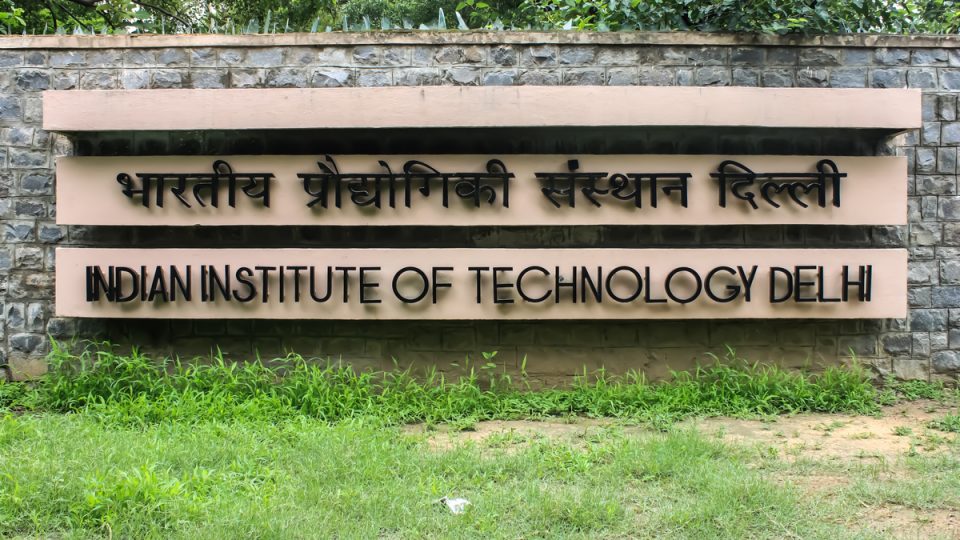
Lockdown: IIT Delhi team develops risk index for state-wise check
The Indian Institute of Technology in New Delhi has come up with a data science driven identification and mitigation framework for implementing state-by-state lockdown to contain the spread of COVID-19.

The Indian Institute of Technology (IIT) in New Delhi has come up with a data science driven identification and mitigation framework for implementing state-by-state lockdown to contain the spread of COVID-19, suggesting that Rajasthan, Uttar Pradesh and Madhya Pradesh are at the highest risk.
The framework in the form of a risk index has been developed by the premiere institutes Department of Management Studies through a research based on proxy measures for severity, likelihood and delectability of the pandemic for each of the state.
It has divided the country into five clusters which will be further sub-divided into the orange, red and green zones. The clusters are High Risk, Medium High-Risk, Medium Risk, Medium-Low Risk and Low Risk.
Among the states identified as in the medium high-risk area by the IIT study are Gujarat, Bihar Maharashtra, Karnataka, Tamil Nadu and Andhra Pradesh.
Delhi, Jammu and Kashmir, Haryana, Punjab, Jharkhand, West Bengal, and Chhattisgarh have been identified in the medium-risk cluster.
Related news: COVID-19: Centre lists parameters for states to delineate different zones
According to Subhadeep Mandal, research scholar at the department, the vulnerability of the state cannot be defined only by looking at the infection and the death rate.
“We cannot describe the vulnerability of a state by just looking at the infected and death rate, hence had to develop a data-driven risk management framework for a broader picture of the situation,” Mandal told PTI.
Professor Arpan Kumar Kar, who led the research, said at a time when the country is stuck in a trade-off between saving lives and saving the economy, the IIT team has proposed a risk identification and mitigation framework for the development and implication of an orderly state-by-state lockdown instead of a complete nationwide lockdown.
“At specific time, there may not be a better alternative than a complete lockdown to flatten the curve and give the time to the state administration to prepare for the pandemic. While many of the states are still at a very critical stage, it is necessary to examine not only on the basis of total current cases of COVID-19 in states, but at other parameters as well, before planning for further lockdown restrictions.
“Such other parameters would typically gauge a states preparedness to address the aftermath of the pandemic as and when it spreads as well as the probability to get impacted in the long run,” Kar said.
Related news: MHA says states can’t dilute Lockdown 4.0 guidelines
The researchers considered data from multiple sources such as the count of domestic and foreign incoming travellers, area of the state, average household size, tested-positive rate, tests done per million population, population density, beds per thousand population and the number of testing centres.
“The data for these respective fields were collected state-wise and then broadly classified into three main pillars–severity, likelihood and detectability for the disease. From this, we calculated a risk priority number for every state and union territory where at least one person has been detected positive for COVID-19. Based on the risk priority numbers of the states, the researchers performed an analysis with an unsupervised machine learning algorithm and divided the country into five clusters of different risk levels,” Kar said.
The lockdown was first announced by Prime Minister Narendra Modi on March 24 for 21 days with effect from March 25. It was then extended till May 3 and again till May 17.
The lockdown has now been extended till May 31. However, certain relaxations have been provided to start economic activities. Certain decisions have been left with states and many state governments are yet to announce their respective guidelines.
The death toll due to COVID-19 rose to 3,029 and the number of cases to 96,169 in the country on Monday, registering an increase of 157 deaths and a record jump of 5,242 cases in the last 24 hours, according to the Union Health Ministry.


